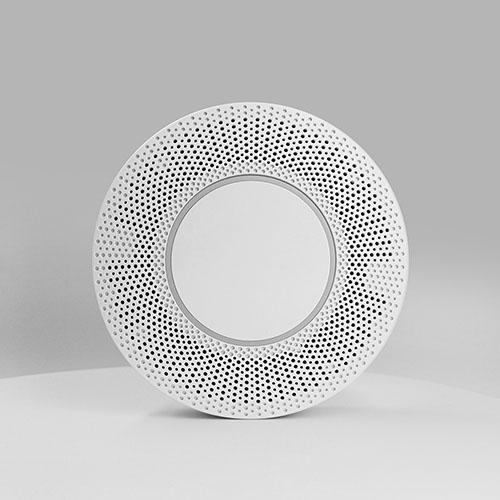Sensor technology for smart homes
Smart home is one of the important applications of modern technology, which combines sensor technology with home devices to realize the dream of home automation. Sensors play a vital role in smart homes, providing families with a safe, comfortable and convenient living experience by sensing environmental changes and user behavior. In this article, you will be introduced to Sensor technology for smart homes and tips on how to use them.

Temperature Sensor
Temperature sensor is one of the most common sensors in smart homes. It can sense temperature changes indoors or outdoors and transmit the data to the smart home system. With the temperature sensor, you can realize the following tips:
– Automatic Temperature Adjustment: According to the change of indoor temperature, the smart home system can automatically adjust the temperature of the air conditioner or heater to maintain a comfortable temperature in the room.
– Energy-saving control: The smart home system can intelligently control the operation of home equipment according to the change of indoor temperature in order to save energy.
Light Sensors
The light sensor senses the light intensity indoors or outdoors. With the light sensor, you can realize the following tips:
– Automatic dimming: Avoid using too bright or too dim lights, the smart home system can automatically adjust the brightness of the lights according to the data from the light sensor to provide a comfortable lighting environment.
– Power saving and energy saving: The smart home system can automatically turn on or off the lights according to the data from the light sensor to avoid unnecessary energy waste.
Air Quality Sensor
The air quality sensor can detect the indoor air quality, including pollutant concentration and humidity. With the air quality sensor, you can realize the following tips:
– Indoor air purification: When the air quality sensor detects a drop in indoor air quality, the smart home system can automatically turn on the air purifier to purify the indoor air and provide a healthy environment.
– Humidity Adjustment: The smart home system can adjust the indoor humidity according to the data from the air quality sensor to maintain a comfortable humidity level.
Infrared Sensor
The infrared sensor can sense the infrared radiation of the human body and is used to detect human movement. With the infrared sensor, you can realize the following tricks:
– Automatic door opening and closing: When the infrared sensor detects a person approaching the doorway, the smart home system can automatically open or close the door, providing a convenient entry and exit experience.
– Security: The smart home system can detect the surrounding environment through infrared sensors and automatically trigger an alarm or notify the user when an abnormal situation (e.g. intruder) occurs.
Flood Sensor
Flood sensor can sense the change of water level in the room. With the flood sensor, you can realize the following tips:
– Water Leakage Detection: When the flood sensor detects an abnormal rise in water level, the smart home system can automatically trigger an alarm or turn off the water source to avoid further flooding and damage.
– Smart watering: By using the flood sensor in combination with a smart irrigation system, automatic watering of flowers can be realized to ensure that the plants’ water needs are met.
These are just some of the tips for using Sensor technology for smart homes. In fact, with the continuous development of technology, the application scenarios of sensors are also expanding. Smart home system combined with sensor technology will bring more convenience and comfort to our life and provide the possibility of intelligent management for home.







